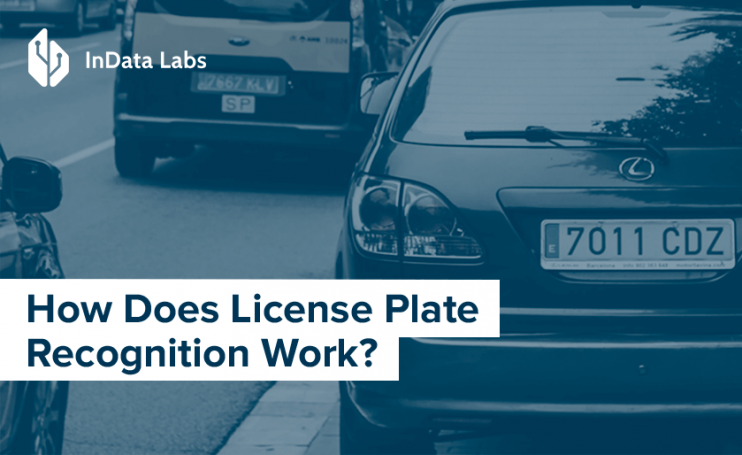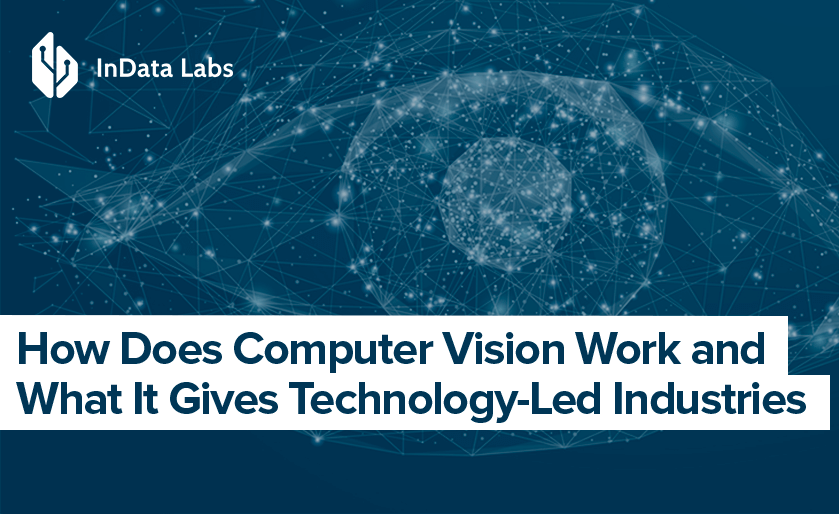Automatic license plate recognition (ALPR) is the present, not the future of technology development, that has a wide array of applications, from traffic enforcement to tracking stolen vehicles down. The technology has gone through improvements year by year until machine learning (ML) and deep learning (DL) have uncovered new ways for progress.
As it is predicted globally for license plate recognition technology, the US market will see significant growth. It is projected to reach $3.57 billion by the year 2023.
For your business, owning an individually tailored ALPR solution means the injection of technology in traditional approaches. The tech-based approach can grant you advanced data processing capabilities, methods to optimize routine tasks, and state-of-the-art tools to expedite output and add value to workflows.
So, how does license plate recognition technology work? Read on to learn how it goes and where to apply custom ALPR solutions for better returns.
ALPR Rests on Hardware and Software Components
ALPR allows scanning the plates from all registered vehicles in a given state. And analytic software is then needed to classify the number plates according to each state’s license plate code (for example, in the case of Massachusetts, the code will be M). The data can then be used for a variety of purposes: security and surveillance, traffic management, toll collection, parking control, or vehicle location on the map.
An important part of an ALPR system is a camera. A camera captures the license plate number of a stopped or moving vehicle and helps identify a suspect vehicle, for instance. This camera can be placed on a stationary object or mounted on the vehicle.
Stationary ALPR Cameras
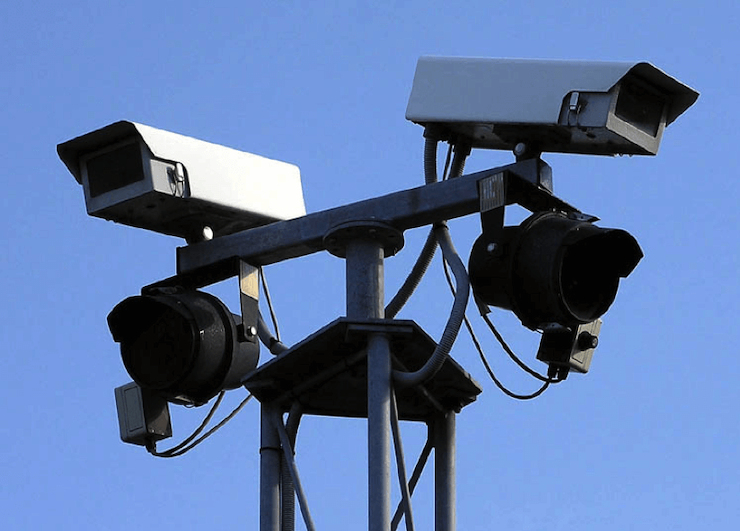
Source: Commons.wikimedia.org
Stationary ALPR cameras, being placed at fixed locations, can record all the cars entering a particular area of the roadway. That can be especially tough when monitoring a road that has two or more lanes with opposing traffic in each of them. With only one camera capturing the data at a time, a driver may easily pass by a traffic camera unnoticed, and a camera won’t capture any accident. The best solution to this problem is to have multiple ALPR cameras in different locations that all record at the same time.
On top of that, ALPR cameras are capable of getting a vehicle on a short video. This video can be instantly uploaded to a central server so that to keep all the information in one place, available for later viewing.
Mobile ALPR Cameras
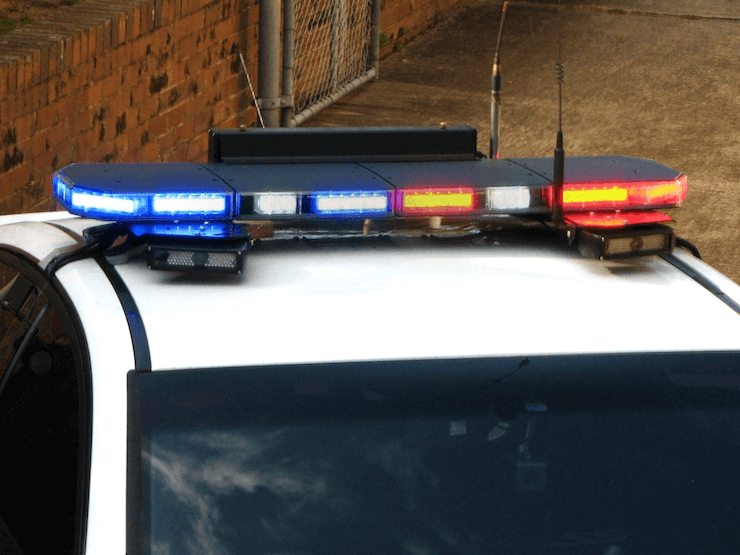
Source: Flickriver
Mobile ALPR cameras can be often seen attached to police patrol cars. For instance, they can capture license plates, time, and date when the car is parked, or they can help the police monitor city areas were citizens are alarmed. Cameras can record at any time of the day and any weather conditions. Thus, they have multi-purpose applications, involving traffic and highway management, crime prevention and tracking, detection of stolen vehicles, recovery of stolen or lost license plates, and more.
The ALPR data recorded by cameras is not private and does not provide any personal information to any third party. The period of data storage in the ALPR database is normally five years.
Computer Vision and OCR for License Plate Recognition Technology
The analytic software translates still images and videos into machine-readable characters. ML models, including those fueling license plate recognition technology, require huge amounts of data. ALPR systems provide enough data from model training. And optical character recognition (OCR) algorithms underpin custom ALPR solutions.
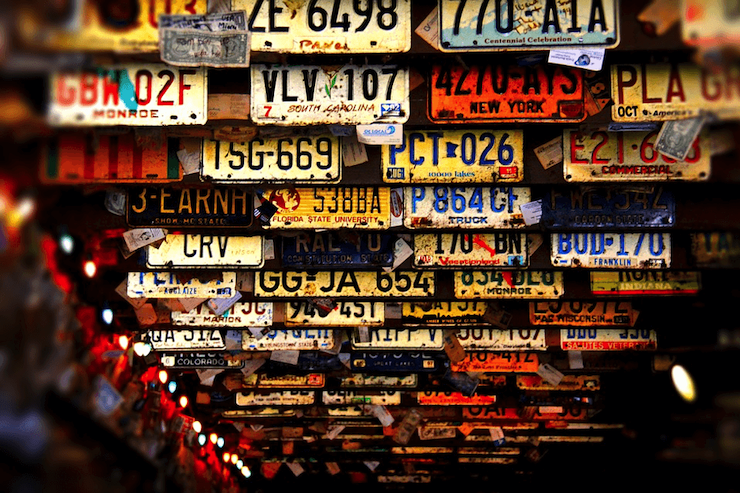
Source: Pixabay
OCR is a powerful yet complex technology. It depends on a quality image database where multiple images are gathered, which allows the algorithm to find a match between the two images. A top-notch software able to handle specific fonts, colors, two or more rows, and blurred images is a great way to speed up the work of human operators since the algorithm can complete operations many times more efficient. OCR process consists of six algorithms that, in combination, ensure accurate output.
- Image Acquisition
There is a difference between license plate image capture and image recognition. For recognizing an image by a camera, the computer vision technique is responsible. It is a method that allows automatic processing of still images or videos and identifying objects in an image or video frame based on their locations in the scene. Computer vision tools work based on a set of predefined rules and cope with finding patterns or identifying objects in an image of a vehicle. For example, if there are several vehicles in the image, in the middle and at the top, a computer will identify two license plates.
As for the tech stack, at InData Labs, we commonly use Python and OpenCV library that allows us to train machine vision algorithms for license plate recognition technology.
- Image Localization
For every frame in the video, there is a localizing function (a mathematical formula) that determines what a particular area in the image means. The distance from the camera, angle, and direction the vehicle is traveling at the time of capture is what matters. All that can be used to tell if the vehicle is moving or, for instance, at a stoplight.
License plates of a rectangular shape are much easier to identify. However, there can be several rectangular objects on a vehicle. In order to identify them all, the algorithm takes into account special features that help recognize an object as a license plate.
- Image Sizing, Orientation, and Normalization
Image distortion is another challenge for the license plate recognition algorithm. The task is to bring an image to an optimal size and correct proportions.
The algorithm detects several vehicles from multiple angles at the same time. The number of vehicles the technology lets catching depends on the size of the captured imagе.
The algorithm also needs to regulate the contrast and brightness of the captured license plate image. There are thresholds used to control those parameters.
The image of a car in motion is usually more complex than the one of a stationary car. What is more, the weather and daytime and night-time ambient light conditions result in capturing many blurred images. However, the use of advanced custom ALPR software can help tackle all the above challenges.
- Character Segmentation
Character segmentation works well for detecting all the constituent parts of different kinds. The algorithm divides a license plate image into chunks. It fragments the number on a plate into letters and numbers and segment characters based on such parameters as color, the distance between characters, font, structure, and so on.
- OCR
By this point, the captured image is ready for translating into alphanumeric text. The text can be then used as the input for the algorithm, whose task is to verify the information by comparing the recognized number to what is stored in a database.
- Syntactical and Geometrical Analysis
By analyzing each recognized number or letter, the algorithm can classify them into the corresponding classes. What the criteria are for shaping these classes will depend on the complexity of a captured license plate.
Such are the stages of work of the algorithms that, step-by-step, get a user close to the result that can be employed to achieve different business objectives.
Augment Your Business with Custom ALPR Solution
Custom-tailored ALPR systems are popular worldwide for aiding with many related processes. The successful implementation of such solutions depends on the country, location specifics, and standards used for license plates.
Among the applications of ALPR that you can consider for your business, are:
- Manage parking facilities. Controlling gates with the help of an automated solution can facilitate monitoring vehicle entry/exit and payment operations. Also, some listed vehicles can be restricted from parking.
- Electronic toll collection. Custom ALPR systems can be used to supervise toll roads, bridges, tunnels, etc., and to charge drivers bypassing associated manual labor.
- Access control. It will be easier to oversee entry permits at airports and places restricted for some categories of vehicles.
- Control the movement of traffic. ALPR is capable of reading number plates and collecting vehicle location data, for instance, for the needs of highway agencies.
- Receive alerts and prevent crimes. These systems send automatic notifications on capturing vehicles that are on a watch list.
- Traffic enforcement. ALPR eases exercising control over respecting traffic rules by drivers and helps capture the license plates of vehicles that go through a red light or break the speed limit.
Conclusion
Automatic license plate recognition or number plate recognition needs high-quality cameras designed and adjusted to different conditions. Cameras should be mounted securely, either on a vehicle or at a fixed location, the way they can see the roads and the surrounding environment.
Top-notch client-oriented ALPR software will enable cameras to read number plates during day or night, in good or poor visibility conditions, and any weather. The software works with preprocessed images when the image is prepared to be used for optical character recognition. Such systems work with videos as well and tackle video records just as successfully.
At InData Labs, we will be happy to help you with the development of license plate recognition software customized to your requirements. Opting for our services, you choose the quality, reliability, and efficiency of your new value-generating solution.
Start Your Breakthrough Project with InData Labs
Have a project in mind but need some help implementing it? Drop us a line at info@indatalabs.com, we’d love to discuss how we can work with you.
